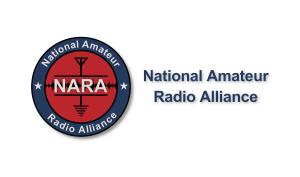 One of the great things about the Hackaday community is how quickly you find out what you don’t know. That’s not a bad thing, of course; after all, everyone is here to get smarter, right? So let’s work together to get our heads around this paper (PDF) by [Zerina Kapetanovic], [Miguel Morales], and [Joshua R. Smith] from the University of Washington, which purports to construct a low-throughput RF transmitter from little more than a resistor.
One of the great things about the Hackaday community is how quickly you find out what you don’t know. That’s not a bad thing, of course; after all, everyone is here to get smarter, right? So let’s work together to get our heads around this paper (PDF) by [Zerina Kapetanovic], [Miguel Morales], and [Joshua R. Smith] from the University of Washington, which purports to construct a low-throughput RF transmitter from little more than a resistor.
This witchcraft is made possible thanks to Johnson noise, also known as Johnson-Nyquist noise, which is the white noise generated by charge carriers in a conductor. In effect, the movement of electrons in a material thanks to thermal energy produces noise across the spectrum. Reducing interference from Johnson noise is why telescopes often have their sensors cooled to cryogenic temperatures. Rather than trying to eliminate Johnson noise, these experiments use it to build an RF transmitter, and with easily available and relatively cheap equipment.
On the transmitter side, we have little more than an antenna connected to the common side of a digital RF switch, an Analog Devices ADG901 eval board. The switch toggles the antenna between a 50-Ohm dummy load or ground; this allows data to be modulated with on-off keying, with the Johnson noise generated by the dummy load representing a logical 1. The antenna is a pyramidal horn antenna made from foil-covered foamboard, offering 13.6 dBi of gain. The receiver is a pair of high-gain LNAs, a bandpass filter, and an SDR dongle with a Raspberry Pi, all attached to an identical antenna.








1 thought on “via HACKADAY: A Single-Resistor Radio Transmitter, Thanks to the Power of Noise”
Comments are closed.